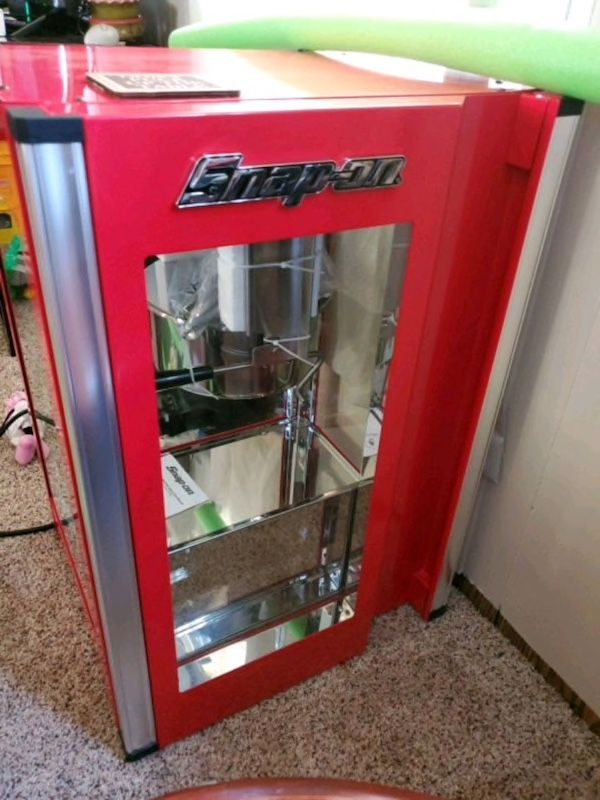

Snap-On examined operations and took measures to improve profitability through reducing expenses as well as marketing more aggressively. A slight decrease in both revenue and earnings in 1982 was attributed to that year's recession. Rayburn became president the following year Schindler died, and Rayburn became the company's chairperson and CEO. In 1982 Lutz retired and was replaced by Schindler as chairperson, while William B. The early 1980s saw rapid changes in the company's management. That year Snap-On stock was first listed on the New York Stock Exchange.

In 1978 Lutz became chair and chief executive officer (CEO), and Edwin C. Lutz became president in 1974, overseeing growth in the worldwide sales force to more than 3,000. Sales increased from $66.2 million in 1969 to $373.6 million in 1979, while profits increased from $6 million to $42.6 million. Snap-On's growth was dramatic in the period that followed. Growth and Expansion in the 1970s and 1980s The "flank drive" design produced wrenches with a superior grip, less likely to round the corners of 12-point fasteners under high torque conditions. An important patent on the "flank drive" design of wrenches was also awarded in 1965, after years of legal debate. In 1965 a Snap-On branch was opened in the United Kingdom. Cain became president upon Johnson's retirement in 1959. Branch acquisitions permitted Snap-On greater control over the marketing and distribution systems. During this period, Snap-On also acquired its system of branches (which had operated previously as independent outlets). Corporate acquisitions of specialized companies brought products that addressed the mechanic's need for increasingly complex diagnostic tune-up and maintenance equipment. The Snap-On product line also was expanded.

Subsidiaries in Canada and Mexico aided growth in the 1950s. Shortly thereafter, Snap-On made each seller an independent businessperson in an assigned territory. By 1945 all salesmen were carrying stock and making immediate deliveries to their customers. During World War II, when supplying the military's needs caused tool shortages in the civilian market, Snap-On began releasing available stock to its sales force, in an attempt to maintain goodwill with the civilian customer base. Under Johnson's leadership the sales force continued to grow. When Myers died in 1939, Joe Johnson, the corporation's conceptual founder, became the president of both Snap-On and Forged Steel. At that time, Snap-On sought financial help from one of its principal creditors, Forged Steel Products Company, whose owner, William E. Stanton Palmer, a former factory sales representative, served as president of the corporation from 1921 until his death ten years later. By 1925, 165 salesmen were demonstrating and distributing Snap-On tools. New tools were added to the line, and a catalog was published in 1923. From the beginning, sales were generated by demonstrating the benefits of the novel tool sets directly to the customers.
#Snap on tools professional
Professional auto mechanics quickly recognized the efficiency and flexibility that resulted from pairing many sockets with few handles. Prior to Johnson's idea for "interchangeable sockets," the socket wrenches used by mechanics were one-piece units. Snap-On was founded in 1920 by Joe Johnson and William A. The company considers itself the originator of the mobile van method of marketing hand tools. Snap-On markets its entire range of products through an extensive international network of subsidiaries, dealers, and representatives. The company makes hand tools such as wrenches, sockets, pliers, ratchets, screwdrivers power tools such as pneumatic (air) and corded (electric) drills, sanders, and polishers and a host of other items like wheel balancing and alignment equipment for cars, tool chests and cabinets for industrial, automotive, and aerospace storage applications, and engine and emission analyzing equipment. Snap-On, Incorporated is one of the largest and most successful manufacturers and marketers of hand tools, power tools, shop equipment, diagnostic equipment, collision repair equipment, and emissions/safety equipment in the United States.


 0 kommentar(er)
0 kommentar(er)
